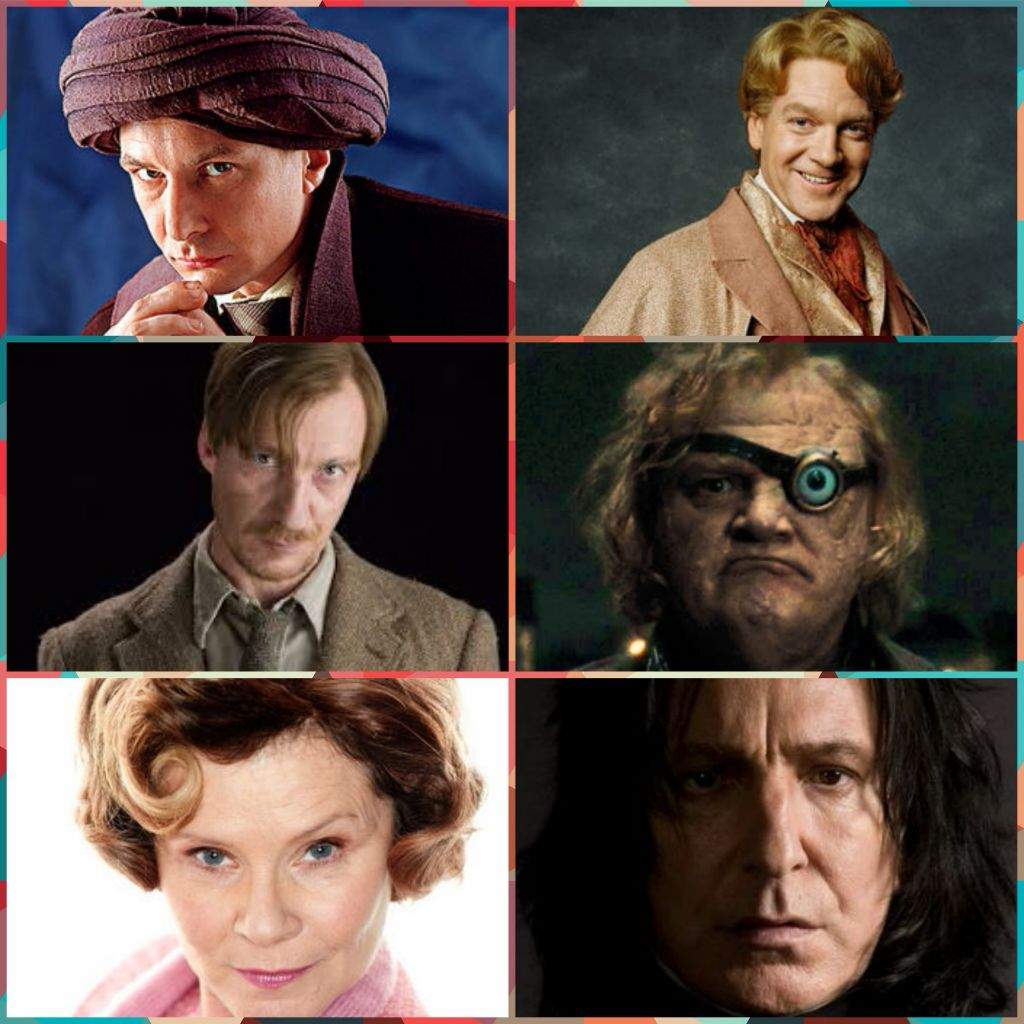
Subsequent scholarship has sought more precision in identifying affinities and critical intersections in surrealist preoccupations with the cinema. An eminent film critic affiliated with the French cinema journal Positif, Kyrou considered film an inherently surrealist medium. Scholarly works concerned with the intersection of surrealism and film began to appear in the mid-20th century with Kyrou 2005. This bibliography is designed to assist researchers informed by any of these approaches while remaining inclusive of all of them. In recent decades, contemporary scholars internationally have examined the intersection of surrealism and cinema with the goal to develop theoretical concepts and nomenclature applicable to the fields of literary theory, critical theory, and cultural studies. A second wave of scholarship from film studies focused upon a canonical body of surrealist films, directors, and scenarios, most notably on the work of Spanish filmmaker Luis Buñuel. The earliest approach was to examine film, both popular movies and avant-garde productions, through writings of mainly French surrealists on the cinema. Consequently, scholarship on surrealism and film is extremely varied, having developed in stages and having moved in multiple directions. Yet, unlike poetry, fiction, painting, photography, and collage, film never became a dominant medium of surrealist art. Beginning in the 1930s, avant-garde, commercial, and experimental filmmakers continued to produce films that, in some aspect or another, came to be critically recognized as surrealist. Moving from a surrealist reception of film to the production of surrealist cinema, an article on Un Chien andalou by Luis Buñuel and Salvador Dalí appeared in the countersurrealist journal Documents (June 1929) and the film scenario was published in the final issue of La Révolution Surréaliste (15 December 1929). The early surrealists wrote enthusiastically about the cinema of their time, particularly the comedies of Mack Sennett, Buster Keaton, and Charlie Chaplin, and the criminal exploits of the silent film serials Les Mystères de New York, Fantômas, and Les Vampires. The objective and technical processes of filmmaking shared affinities with the surrealist project of disassembling reality into a multiplicity of images, and then reassembling those images to achieve a marvelous and uncanny “dream world” that redoubled reality and captured the consciousness of mass audiences.

Dada movie meaning serial#
The nascent motion picture industry at the dawn of the 20th century was by definition experimental, a new media form that combined and extended features of serial publications, theater, photography, and collage. Celia McGerr noted in her biography of Rene Clair that, "The sequence leaves one almost breathless." (McGerr, 40).Affinities between surrealism and film have been noted since the beginning of the surrealist movement in the 1920s. It seems that it would be difficult to not get caught up in the action of the film because of the dizzying amount of camera techniques and fast paced changing from shot to shot. R], howls brought the disorder.to their climax" (Clair, 111). Clair himself, noting the audience at the first showing of Entr'acte, said, ".the whole theatre felt itself swept away on the Luna Park scenic railway [the rollercoaste!

The footage of the rollercoaster was inserted for seconds at a time in the middle of the chase scene. Another effect used to draw the viewer into the excitement is the rollercoaster. Towards the end of the film, several fragmented scenes are shot in succession, rapidly from one to the next.

Examples of this are cars superimposed over the chase scene, at a sped up rate or superimposition of the rapid tracking of some generic scenery. Several camera technique are often layered. Close-up shots of the spinning wheels of the hearse, often followed by shots of the mourner's pumping legs, bring the viewer up close to the chase. Several camera techniques are employed to create a dizzying, frenzied affect on the viewer. The whole funeral procession scene is a chase that Rene Clair intends to make the audience a part of. I suggest that the funeral procession scene, by it's use of several camera techniques, draws the viewer into the frenzy of the film, a goal that the Dada artists were after. The second half of the film which involves a bourgeoisie funeral procession specifically depicts what the artists of the Dada movement were after. The film Entr'acte, directed by Rene Clair in 1924, in many ways illustrates an important goal of the Dada movement.


 0 kommentar(er)
0 kommentar(er)
